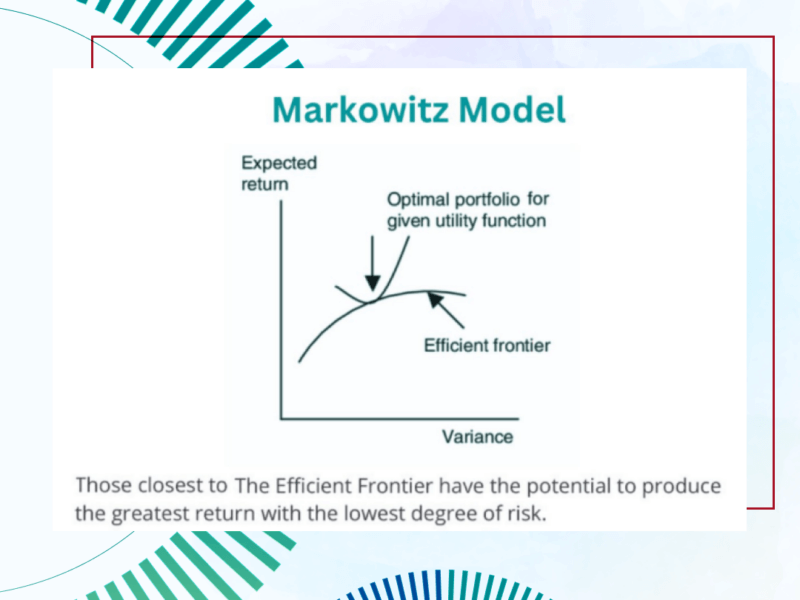The application of Artificial Intelligence in trading has accelerated in recent times. While computational methods were first used for testing trading strategies and creating trading algorithms to minimize irrational decision-making, now Artificial Intelligence is widely used in more areas like
1. portfolio optimization to highlight the most profitable assets;
2. price prediction;
3. financial sentiment influence on asset prices.
Portfolio optimization based on the optimization of expected return and the risk was first proposed by Markowitz. Although his approach is widely used, it is highly criticized for the inappropriate usage of portfolio variance or Conditional Value at Risk (downside risk) as a risk measure. As a result, more complicated methods with more advanced risk metrics demanding additional computational power have been proposed. Being more complex, heuristic and hybrid optimization methods require more computational power.
Stock market prediction based on historical data (with the increasing amount of input data to be used) has become a widespread method to gain profits in stock trading. While the base of predictions still lies in statistical methods, Artificial Intelligence algorithms have improved the results significantly. They are not only limited to presenting signals of buying, selling or keeping an asset but predict future prices and trends.
Financial sentiment analysis is one more facet that can be used to improve forecasting power. Natural language sources like social media, news and Tweets are necessary to train the algorithms to predict how investors behave and what trading decisions they make to generate predictions about future asset prices and trends.
The most advanced techniques include all of the above-mentioned activities to get closer to the perfect prediction. The mix of sentiment analysis and financial data leads to forming better portfolios than based on only financial data.
Together with portfolio optimization, it seems the approach will become a horn of abundance.
Risk Warning: The information in this article is presented for general information and shall be treated as a marketing communication only. This analysis is not a recommendation to sell or buy any instrument. Investing in financial instruments involves a high degree of risk and may not be suitable for all investors. Trading in financial instruments can result in both an increase and a decrease in capital. Please refer to our Risk Disclosure available on our web site for further information.



AI is a hot topic overall right now. No wonder it is applied in the investing area also.
I see it more like an analytic tool because AI is capable of processing a ton of data in a matter of seconds. So analyzing historical data and making investing decisions is the future of AI in the financial world.
Oh, I knew that ISEC WM keeps up with the latest developments in trading and investing. I think that automation and use of artificial intelligence can be useful. But of course, under control of person who has extensive experience in investing.
I like this approach.
ISEC is very on point with this. AI has been the game in town for the past 10 years actually with the current level of technology, computational power. The end result of this high-frequency trading algorithms is that you are highly unlikely to make money in trading short timeframes and intraday, you simply cannot make money against the algorithms. This is why you should have a longer timeframe approach with investment theses in assets you trade, instead of just trading the NFP numbers on a hunch.
Algos have already been running the show in the trading market for years. I believe the time has come for the AI to take the stage on wealth management. It’s great that ISEC WM is aware of that.